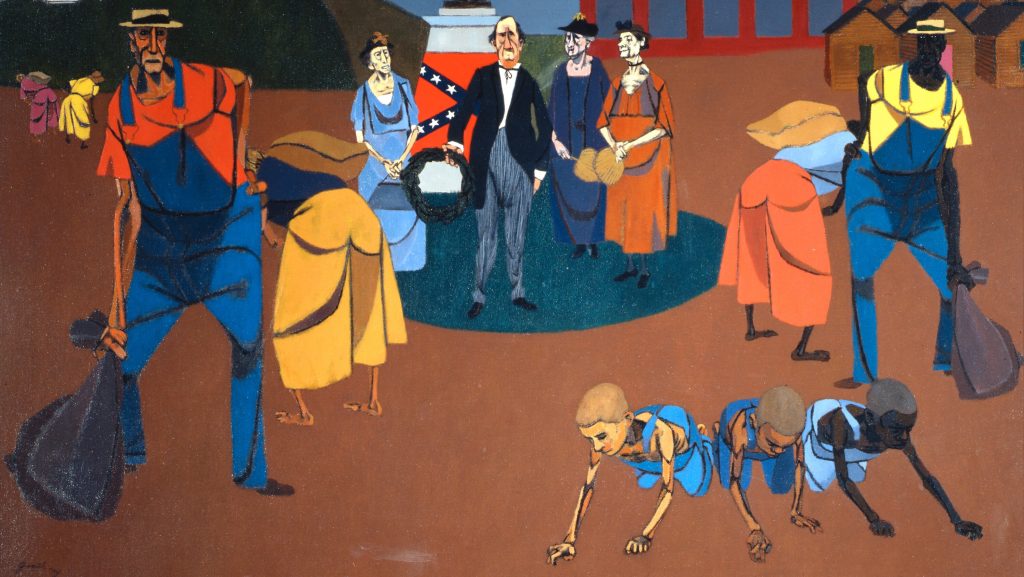Beyond the familiar narratives of the American South, a rich tapestry of artistic expression has long thrived, often overlooked yet profoundly influential. “Southern/Modern,” an expansive exhibition at the Georgia Museum of Art, sheds light on this often-underexposed chapter of art history, bringing to the forefront the radical and groundbreaking work of artists from the American South from 1913 to 1955.

The exhibition, curated by Jonathan Stuhlman, challenges conventional perceptions of Southern art, moving beyond the stereotypical images of landscapes and genteel portraits. Instead, it reveals a vibrant and diverse artistic landscape, where artists challenged societal norms, embraced experimentation, and engaged with the complexities of their region.
At the heart of “Southern/Modern” is the notion that geography is not merely a physical location but a cultural construct, shaping artistic expression and influencing the dialogue between artists and their surroundings. The exhibition explores how Southern artists grappled with the region’s complex history, social dynamics, and evolving identity, often using their art to challenge and reimagine the South’s narrative.
One of the exhibition’s key themes is the embrace of “high” modernism, a movement that emphasized abstraction, experimentation, and a break from traditional forms of representation. Southern artists, often working in isolation and far from major art centers, independently discovered and embraced these modernist ideas, incorporating them into their own unique artistic expressions.
The exhibition highlights the role of key institutions in fostering artistic growth in the South, such as Black Mountain College in North Carolina, which provided a haven for experimentation and interdisciplinary collaboration. Artists like Josef Albers, Anni Albers, and Robert Motherwell found a home at Black Mountain, where they interacted with Southern artists and influenced their artistic development.
“Southern/Modern” also sheds light on the contributions of African American artists, who often faced significant challenges due to racial segregation and discrimination. Despite these obstacles, they produced powerful and evocative works that explored themes of identity, race, and social justice.
The exhibition features a diverse range of media, including paintings, drawings, sculptures, prints, and photographs, showcasing the breadth of artistic expression in the American South during this period. From the vibrant textile designs of Anni Albers to the haunting photographs of Dorothea Lange, the exhibition reveals the versatility and innovation of Southern artists.
“Southern/Modern” is not merely a historical retrospective; it is a timely re-examination of the South’s artistic legacy, one that challenges preconceptions and offers a fresh perspective on the region’s cultural contributions. By bringing to light the radical and groundbreaking work of Southern artists, the exhibition reminds us that art can transcend geographical boundaries and challenge societal norms, offering a powerful voice for social change and cultural understanding.